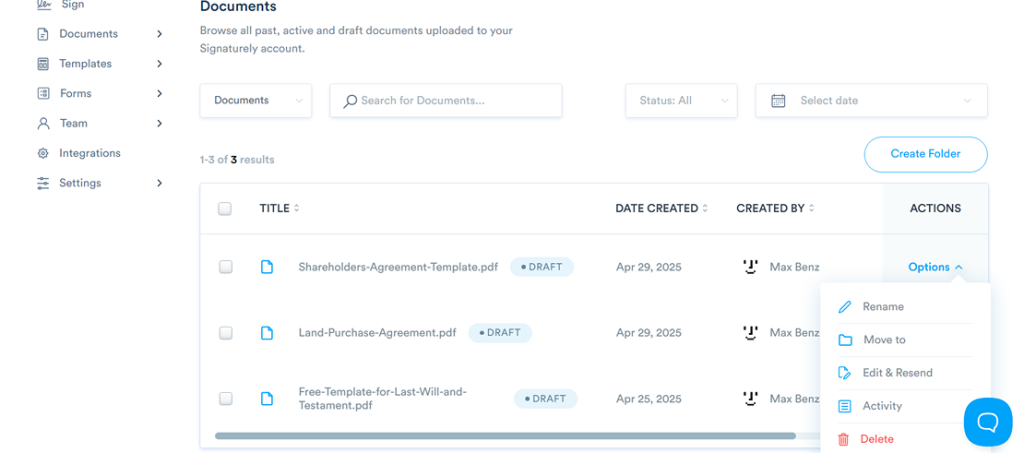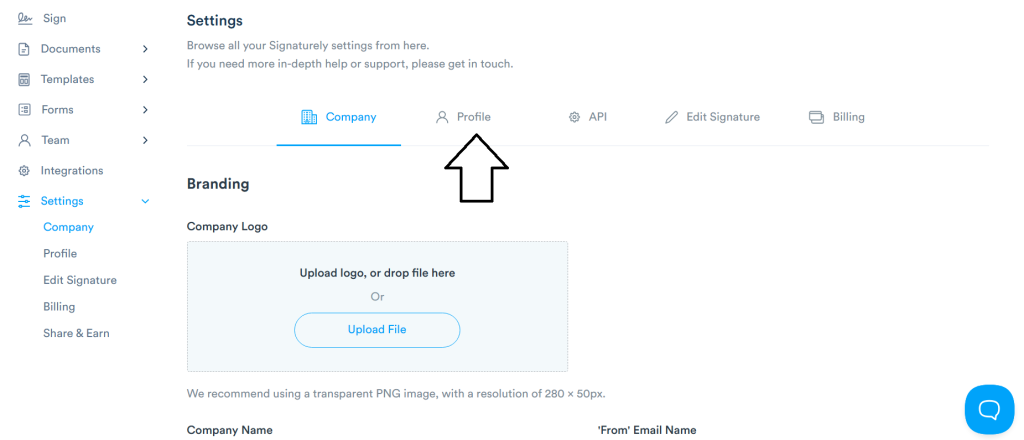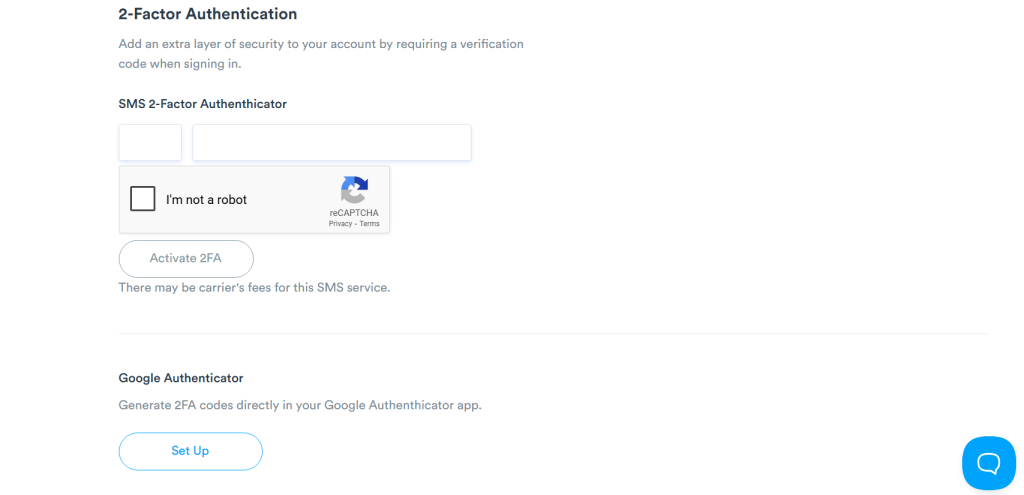Managing contracts is a crucial aspect of running any business. Most companies regularly use contracts to enter new partnerships, sell products, and outline the terms of important agreements.
Unfortunately, constantly managing dozens, hundreds, or even thousands of contracts can be a frustrating and exhausting experience for legal teams if you don’t do it properly. There are also multiple challenges you’ll likely run into as you manage the contract life cycle.
Let’s take a closer look at these challenges, what causes them, how to solve them, and how to use contract lifecycle management software to support the entire process.
What Challenges Do Companies Face in Contract Lifecycle Management?
While every company strives for perfect contract lifecycle management, that’s much easier said than done. Here are seven of the most common problems you may experience while managing your contract, including how they happen and what you can do to solve them.
1. Inefficiency
One of the most challenging parts of the contract management process is inefficiency. Often, a business uses more resources than necessary to complete a task or job, whether that resource is time, money, or employee effort/energy.
This inefficiency can slow down everything from creating documents, getting signatures, renewing contracts, or even locating them in the first place.
Inefficiency in the workplace is often caused by being stuck with time-consuming and cumbersome manual processes and/or not having the proper systems in place to optimize your contract process.
A good way to boost efficiency is to utilize automation where possible. This could be anything from document automation to speed up the process of creating contracts, automating workflows and reporting, or automatically routing contracts so they reach their destination as quickly as possible.
In addition to automation, businesses can enhance contract management efficiency by utilizing electronic signatures to expedite the signing process or by integrating with other systems to streamline data flow.
2. Problems Tracking Contract Changes
Trying to keep track of and manage all the revisions, amendments, signings, and other “moving parts” within the contract lifecycle can often be complicated and time-consuming.
If you don’t properly notice or even know about these changes, it can lead to missed deadlines, errors, and widespread confusion or miscommunication throughout your organization.
To solve this issue, use a contract management solution that allows you to view the activity of any contract, ensuring you’re never in the dark. This way, you’ll have no issues keeping track of and checking for document changes in seconds.
Signaturely makes this easy: Simply log into your account and navigate to the Documents tab along the left sidebar. Once you’re there, locate the contract you want to view the changes for, and click Options under the Actions column.

From the dropdown menu, select Activity, and it’ll take you to a screen that shows you any changes made to the contract, as well as when they occurred.
3. Security Concerns
Overcoming security threats and concerns is another challenge for contract managers. You need to ensure that you’re protecting all types of sensitive data, including your company information, the private details of your clients and customers, and the non-public details that may be found in your contracts. If not, you could end up with a ruined reputation, unhappy clients, and lawsuits or fines to deal with.
Some of the main ways that this data can end up in the wrong hands include hacks, data breaches, or even an accidental leak or release due to human error.
Thankfully, there are several ways to enhance your security efforts, including encrypting all data, implementing access controls, utilizing continuous monitoring, and conducting regular penetration testing.
Another great way to enhance the security of your account and protect the contracts you manage is to enable two-factor authentication on your account. The process is generally easy, only takes a few seconds, and makes your account much more secure.
To add two-factor authentication in Signaturely, just log into your account and go to the Settings tab on the left sidebar. Once in the Settings menu, click on Profile.

Scroll down until you reach the section to set up and activate your two-factor authentication. You can choose to either set up SMS two-factor authentication to send codes to your phone or have the codes sent to your Google Authenticator app.

4. Disorganized Contract Storage
Disorganization often occurs due to having contracts scattered across multiple locations, using multiple file-sharing platforms that don’t integrate well, or failing to train your team on how to properly organize and label different contracts. This leads to several issues, like a lack of visibility, difficulty finding documents when you need them, and issues with version control and tracking obligations.
This problem causes a lot of frustration and annoyance within your team, wasting a significant amount of time that could be better spent elsewhere. Thankfully, many digital signature solutions like Signaturely also offer ways to organize and store contracts with ease.
For example, in Signaturely, you can easily organize your contracts into different folders to ensure you can always find the specific ones you’re looking for. Using multiple folders in one platform is a good way to split up contracts while keeping all of them consolidated in one application
To create a folder in Signaturely, just navigate to your Documents tab in the sidebar and click the Create Folder button.

Once you create and name a folder, you can easily move contracts into the folder by clicking Options under the Actions column, selecting Move to, and selecting which folder you want to send the specific contract to.
5. Inconsistencies Between Contracts
Another incredibly common issue is having inconsistencies between contracts. This could be inconsistencies around the wording in contracts, how contracts are signed, the terms and conditions mentioned in the document, and more. This can cause two contracts, which should look relatively similar, to end up being unnecessarily different.
This inconsistency is often caused by a lack of standardization in how your contracts are created. If there’s no proper procedure or best practices for your team to follow, or no template/workflow to use, different people may create vastly different contracts.
To solve this issue, you simply need to create a template and/or procedure for creating contracts and their associated details.
To ensure contracts remain consistent throughout your organization, share these procedures and best practices with everyone to maintain optimal consistency and reduce the risk of errors.
6. Lack of Communication and Collaboration
Of course, a lack of communication or collaboration amongst your team makes managing contracts difficult, too. This can be defined as a team that doesn’t share information, fails to keep each other updated about progress, doesn’t provide feedback, or communicates in an incredibly vague manner.
These types of communication issues can lead to disputes, misunderstandings, widespread confusion, and differing expectations.
Thankfully, this is a problem that’s easily solved by aligning understanding across your team: being more clear about expectations, encouraging open dialogue, building morale with team-building activities, and ensuring there are easy ways for people to communicate and work together. This could be through a collaboration platform, a messaging app, or simply frequent meetings.
Additionally, utilizing solutions like Signaturely facilitates enhanced communication and collaboration by streamlining the team collaboration process. In fact, you’re able to add team members directly to your account with Signaturely. This lets them create documents, manage and organize contracts, and collaborate with you right in the platform.
All you need to do is log into your account and click the Add Team Member button at the top of the screen. This opens up a window that lets you invite a new team member (or multiple members) to your account, simply by providing their email and name.

7. Issues with Compliance
Another challenge you may face is remaining compliant. Compliance is all about adhering to the terms and conditions outlined in the agreement, abiding by any internal policies you or your clients may have, and obeying any applicable laws or regulations in your area.
If you don’t comply, you may end up breaching the contract or even breaking the law, and could face lawsuits, fines, penalties, or an inability to enforce the contract at all.
There are several factors that can lead to compliance-related issues within your contract management process, including inadequate contract visibility, failing to stay current with industry regulations, and not effectively tracking contract amendments as they arise.
To overcome this challenge, you should have a compliance policy in place. This should include a list of the relevant laws and regulations in your industry to be aware of, any internal policies you must adhere to, and the overall expectations for your team. There should also be clear roles and responsibilities for your team, so everyone knows what’s expected of them, to ensure all aspects of the contract are above board.
Using Software to Overcome CLM Challenges
A great way to deal with and overcome these common challenges is to implement contract lifecycle management (CLM) software. CLM software is designed to help companies streamline the entire contract management process, from creating contracts to getting them signed, keeping them secure, renewing them, and every other aspect of the management process.
Many of the best contract management software solutions for small businesses have centralized storage to keep all contracts in one place, offer automated workflows, and help track compliance. This ensures your contracts abide by all proper rules and regulations and don’t break any laws, which could put your company at risk.
These platforms also facilitate collaboration and communication across your team, making it easy to share information and have multiple teams or individuals working on a contract simultaneously.
They can also keep you updated on the status of your many contracts, help negotiate terms, identify potential risks or shortcomings within a document, and provide useful insights and reports on how your contracts are performing over time.
Many also offer features like free document signing, templates, and/or various integrations to provide a comprehensive and unified view of your contract data.
Signaturely is the Solution to Contract Lifecycle Management Challenges
If you’re looking for the best contract management software to help overcome these challenges and more, consider Signaturely. It helps you optimize your contract lifecycle process by offering centralized management, automatically tracking your documents, and providing an audit trail for all contracts.
It apprises you of all document activity in real time, has searchable records, lets you collaborate with others easily, and integrates seamlessly with several tools you may already use within your organization.
In addition to being great for managing contracts throughout their lifecycle, it’s also among the best e-signature software options in the industry. It streamlines the signing process with remote signing, sends reminders and follow-ups, offers guided signing, and has several ready-to-use templates to speed up your contract creation process.
If you’re interested in using Signatuely to help optimize and improve your contract lifecycle management, don’t hesitate to try the free trial to see if it’s right for your needs.
FAQs About Contract Lifecycle Management Challenges
Interested in learning more? If so, here are a few common questions about contract lifecycle management challenges, along with their answers.
Some of the challenges faced in contract management include inefficient manual processes, difficulties tracking changes, security issues, disorganized storage, inconsistencies, inadequate communication, and compliance-related problems.
Some common reasons why CLM implementations may fail include incorrect planning, inadequate training, unclear objectives, and the use of inappropriate software and tools.
To improve your contract management process, consider using contract management software to automate time-consuming manual tasks, utilize templates, optimize contract storage, and maintain clear communication and collaboration channels.
Some signs of poor contract management are slow contract creation processes, inefficient or disorganized storage, lackluster communication, or a lack of contract visibility.
Contract management risk refers to the potential for negative consequences to arise from improper contract management. Some risks in contract management include losing or accidentally destroying contracts, missing deadlines, or breaching the terms of a contract.
Final Thoughts About CLM Challenges
While contract lifecycle management is a critical part of running a business and remaining compliant, there are a few challenges you may face during the process. These range from inefficient manual processes to security concerns to a lack of consistency between contracts.
Thankfully, using a software solution like Signaturely helps you to solve these issues by providing useful features and a centralized database to keep all of your contracts safe, secure, and easily accessible. This ensures you have a successful contract management process for all your contracts.
